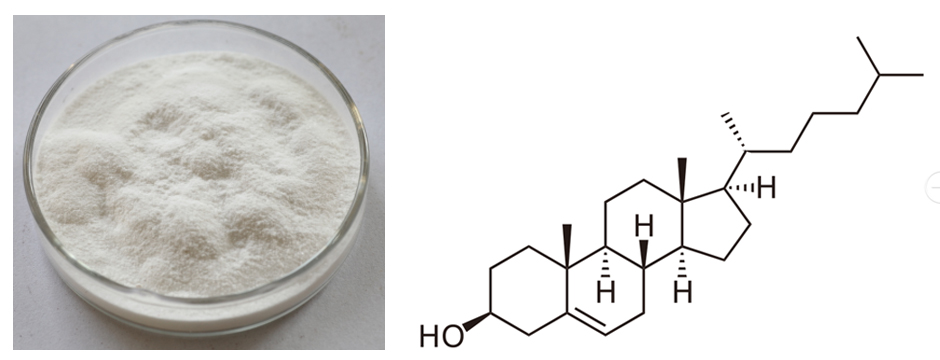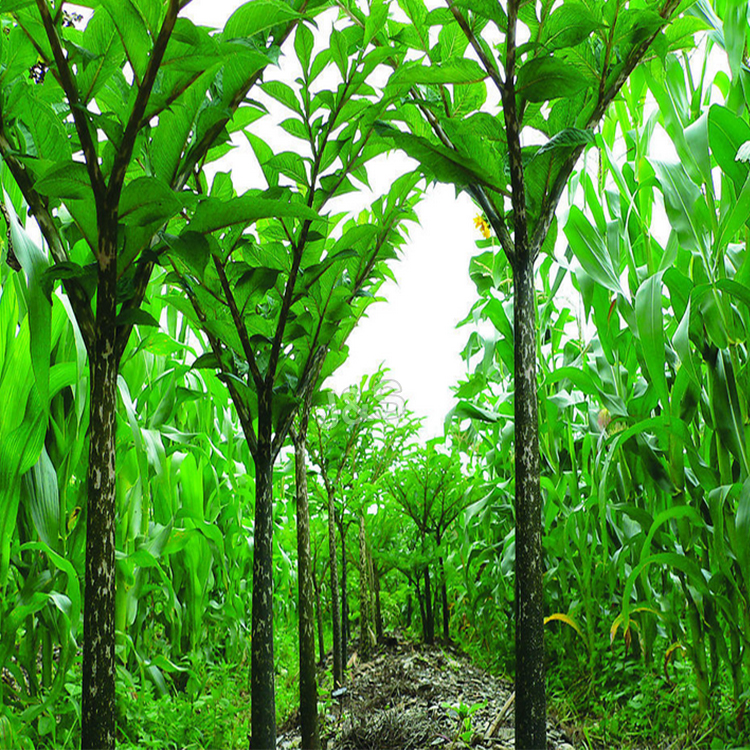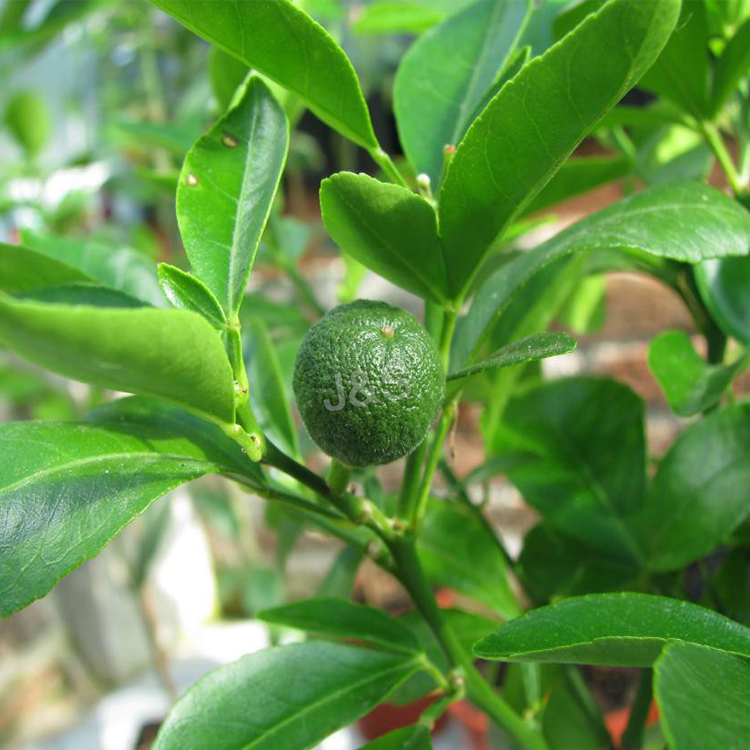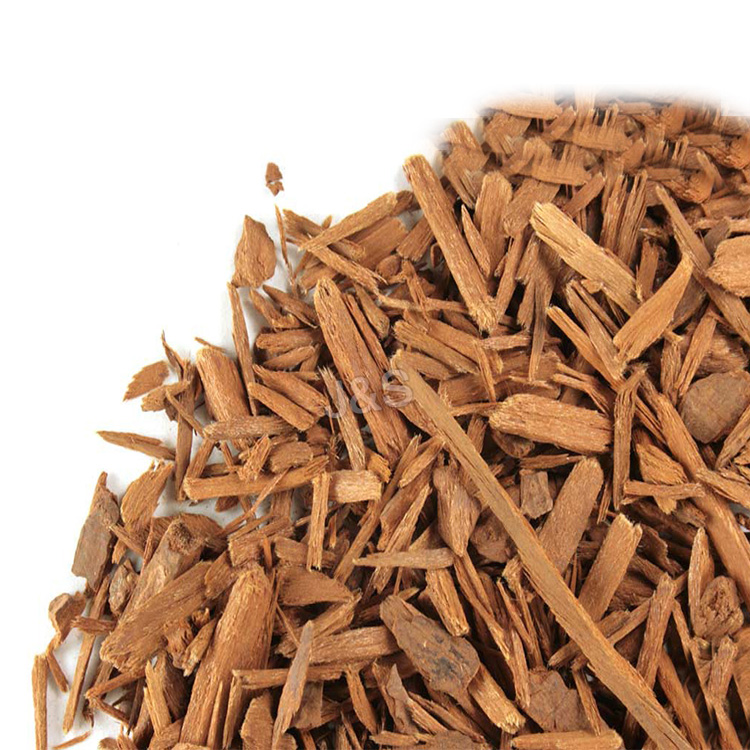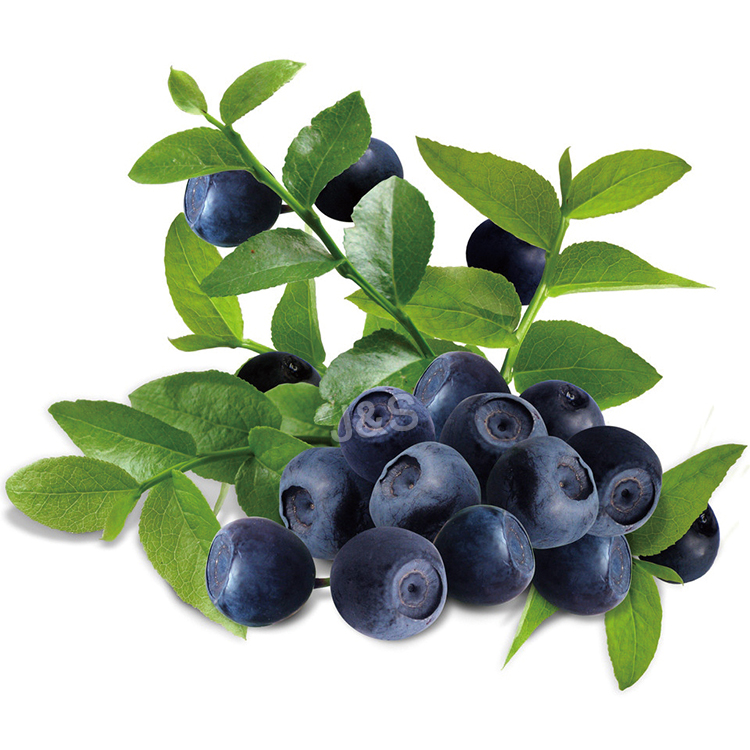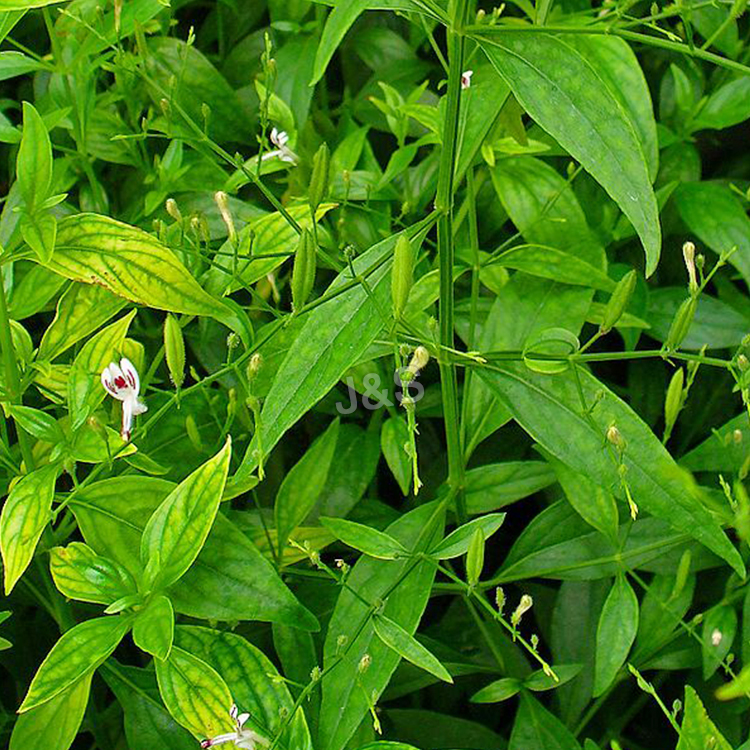Top Suppliers Phytosterol Factory in Montpellier
Top Suppliers Phytosterol Factory in Montpellier Detail:
[Latin Name] Glycine max(L.) Mere
[Specification] 90%; 95%
[Appearance] White powder
[Melting point] 134-142℃
[Particle size] 80Mesh
[Loss on drying] ≤2.0%
[Heavy Metal] ≤10PPM
[Storage] Store in cool & dry area, keep away from the direct light and heat.
[Shelf life] 24 Months
[Package] Packed in paper-drums and two plastic-bags inside.
[Net weight] 25kgs/drum
[What is Phytosterol?]
Phytosterols are compounds found in plants that resemble cholesterol. The National Institutes of Heath report that there are over 200 different phytosterols, and the highest concentrations of phytosterols are found naturally in vegetable oils, beans and nuts. Their benefits are so recognized that foods are being fortified with phytosterols. At the supermarket, you may see orange juice or margarine advertising phytosterol contents. After reviewing the health benefits, you may want to add phytosterol-rich foods to your diet.
[Benefits]
Cholesterol-Lowering Benefits
The most well-known, and scientifically proven, benefit of phytosterols is their ability to help lower cholesterol. A phytosterol is a plant compound that is similar to cholesterol. A study in the 2002 issue of “Annual Review of Nutrition” explains that phytosterols actually compete for absorption with cholesterol in the digestive tract. While they prevent the absorption of regular dietary cholesterol, they themselves are not easily absorbed, which leads to a total lower cholesterol level. The cholesterol-lowering benefit does not end with a good number on your blood work report. Having lower cholesterol leads to other benefits, such as a reduced risk for heart disease, stroke and heart attacks.
Cancer Protection Benefits
Phytosterols have also been found to help protect against the development of cancer. The July 2009 issue of the” European Journal of Clinical Nutrition” offers encouraging news in the fight against cancer. Researchers at the University of Manitoba in Canada report that there is evidence that phytosterols help prevent ovarian, breast, stomach and lung cancer. Phytosterols do this by preventing the production of cancer cells, stopping the growth and spread of cells that are already in existence and actually encouraging the death of cancer cells. Their high anti-oxidant levels are believed to be one way phytosterols help fight cancer. An anti-oxidant is a compound that fights free radical damage, which is negative effects on the body produced by cells that are unhealthy.
Skin Protection Benefits
A lesser known benefit of phytosterols involves skin care. One of the contributing factors in the aging of the skin is the breakdown and loss of collagen — the main component in connective skin tissue — and sun exposure is a major contributor to the problem. As the body ages, it is not able to produce collagen as it once did. The German medical journal “Der Hautarzt” reports a study in which various topical preparations were tested on skin for 10 days. The topical treatment that showed anti-aging benefits to the skin was the one that contained phytosterols and other natural fats. It is reported that phytosterols not only stopped the slow-down of collagen production that can be caused by the sun, it actually encouraged new collagen production.
Product detail pictures:
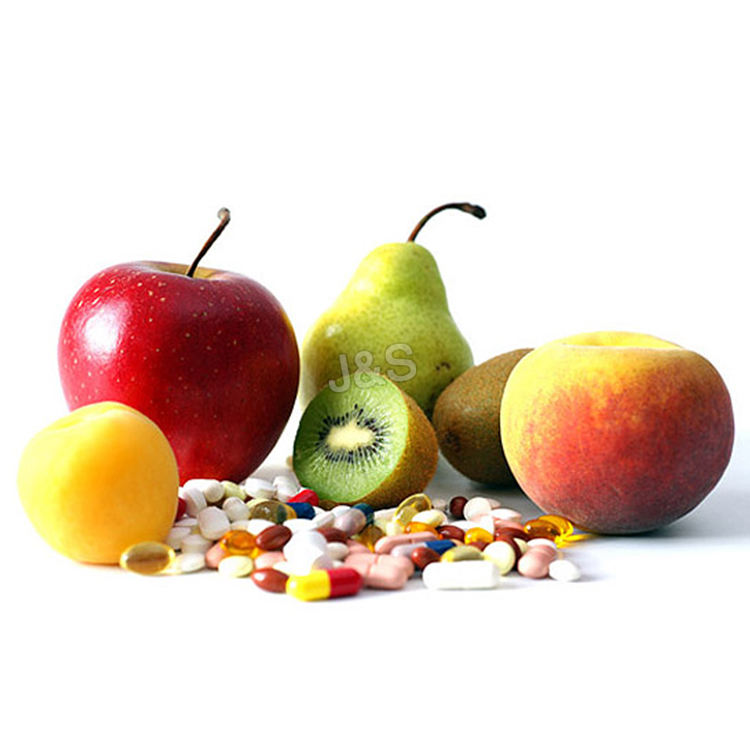
Related Product Guide:
We keep on with our business spirit of "Quality, Performance, Innovation and Integrity". We goal to create much more worth for our customers with our rich resources, state-of-the-art machinery, experienced workers and exceptional providers for Top Suppliers Phytosterol Factory in Montpellier , The product will supply to all over the world, such as: Spain, Algeria, Philippines, We hope to have long-term cooperation relationships with our clients. If you are interested in any of our products, please do not hesitate to send enquiry to us/company name. We ensure that you can be totally satisfied with our best solutions!
https://surfbums.amazonherb.net/ProductPageN.aspx?ItemCode=ITChocamaca
Pure, Organic Cacao from the Rainforest
Through nutritional analysis, we are learning and naming over 300 chemical compounds at play in cacao. We are exploring their psychochemical effects on us — our central nervous systems, our bodies, minds and moods.
Antioxidant Rich:
Cocoa beans are rich in specific antioxidants such as catechins and epicatechins, the antioxidants found in green tea, as well as flavonoids, proanthocyanidins and polyphenols, the antioxidants found in red wine and grape seeds.
A Healthy Cardiovascular System:
Many studies published in the past few years have revealed the health-promoting properties of cacao, especially on the cardiovascular system. One study concluded that cocoa powder and dark chocolate favorably affect cardiovascular disease risk status by modestly reducing LDL oxidation susceptibility, and increasing serum total antioxidant capacity and HDL-cholesterol concentrations.
Improved Concentration and Mood:
Take pure dark chocolate to increase concentration and elevate mood. Cacao is also a unique source of the biogenic amine phenylethylamine (PEA). PEA is known as the molecule of love. When taken orally, it increases attention and concentration, and elevates mood.
Organic Chocolate Infused with 11 Powerful Rainforest Botanicals
Chocamaca is more than a great-tasting, healthy chocolate. It contains 11 other unique ingredients to provide your body with an enjoyable source of concentrated nutrients from wild, whole foods. These powerful botanicals provide energy, boost your immune system, support a healthy heart and so much more. Here’s what else you’ll find in each delicious ball of Chocamaca:
Kiwicha — promotes good cardiovascular health*
Maca — supports energy*
Muira Puama — supports nervous system*
Suma — supports hormonal balance*
Camu Camu — provides high concentration of natural vitamin C*
Blue-Green Algae — helps boost your immune system*
Catuaba — supports increased libido*
Jatoba — supports endurance and overall strength*
Fucus — helps stimulate lymphatic circulation*
Bitter Orange — an aid to soothing stomach disturbances*
Canela — provides invigoration*
Low in Calories and Fat
Compared to other chocolates and candy, Chocamaca is low in calories and fat. If chocolate has a bad reputation as far as health is concerned, it is strictly because of the refined white sugar commercial chocolate contains. Otherwise, pure cacao is a rich source of antioxidants which support a healthy heart, help reduce harmful cholesterol and boost the immune system. Add 11 nutritious herbs, and you have a deliciously healthy treat!
Amazon Herb Company’s Chocamaca goes a big step further in rejoining chocolate with traditional herbs and grains from its original bioregion, then molding them into small spheres reminiscent of Tibetan herb balls.
What is it about chocolate that would make 50% of women reportedly claim to prefer chocolate to sex?
Yes, most chocolate contains some sugar. But chocolate clearly delivers far more than a brief sugar high. Remove the refined white sugar and we move closer to the bitter herb of its origin.
What is it we love so much in chocolate?
Could it be chocolate’s tryptophan, the essential amino acid that enhances serotonin function, hence diminishing anxiety? Theobromine may be the Aztecs’ agent against mental stupor. Or perhaps chocolate’s key to our hearts is its phenylethylamine (PEA) content. Phenylethylamine, commonly called the “love molecule,” is a natural chemical suspected of causing the euphoria experienced by lovers.
PEA’s presence in wild blue-green algae, another ingredient in Chocamaca, may explain the increased energy, enhanced mental clarity and pervasive upbeat optimism experienced by algae eaters.
Ingredients: Organic chocolate (whole, unrefined evaporated cane juice, chocolate liquor, unrefined cocoa butter, vanilla beans), Maca, Jatoba, Blue-Green Algae, Marine Fucus, Camu Camu, Bitter Orange, Suma, Catuaba, Muira Puama, Canela, Kiwicha (non-GMO soy lecithin as an emulsifier).
To see this product, go to:
https://www.shop.com/Isotonix+174+OPC+3+174+-561800349-p+.xhtml?credituser=R5884465 or https://www.bmtrx.net
Isotonix OPC-3, The most powerful natural OPCs Antioxidant and Anti-inflammatory product can provide Natural treatment for many health problems.
We are really happy to find such a manufacturer that ensuring product quality at the same time the price is very cheap.
